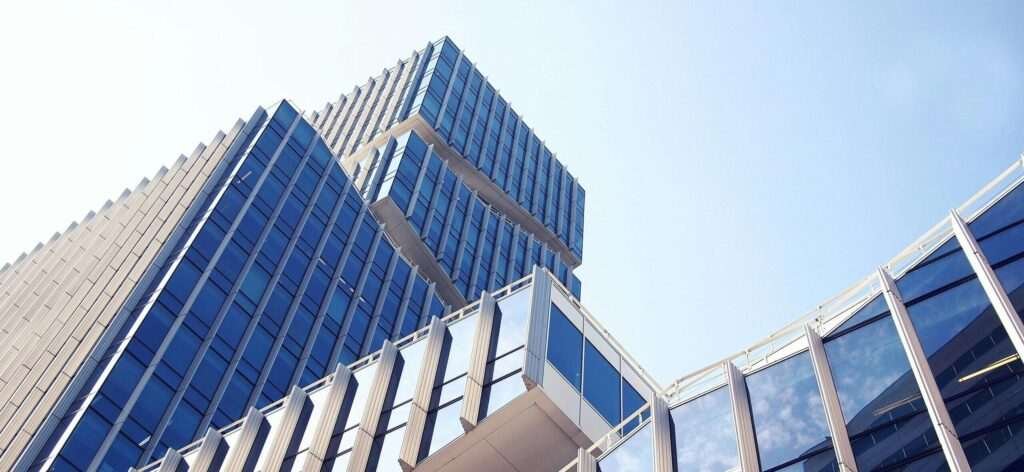
Interview with the Minister of Transport, Tourism and Meteorology, Joël Randriamandranto, who is responsible for two key sectors for Madagascar's economic development.
What are the current investment opportunities in the transport sector?
Given Madagascar's insular nature, the island's connectivity needs with other regions of the world offer attractive opportunities for investors. Ten airports managed by Aéroports de Madagascar (ADEMA) are planned for concession this year, as well as the private management of certain secondary airfields.
The 5,000 km of coastline also represent an opportunity for port development. The Port, Maritime, and River Agency is currently in the study phase with a view to marketing certain strategic ports through public-private partnerships. In addition, the agency is seeking partners for the development of ferries, intended both for cruise tourism and for the transport of people and goods. One of the longest artificial waterways in the world, the Pangalanes Canal is also a significant attraction, enabling the transport of people and goods, as well as the development of ecotourism.
Finally, railway projects are not left out. The connection of the Antsirabe railway to Fianarantsoa, or the construction of a railway line in the Valley of Mines, are all projects open to investors.
Your country's tourist attractions are immense. What is your plan to increase the number of tourists to Madagascar?
The diversity of tourist offerings is indeed a key feature of the destination. Like many countries, Madagascar has not been spared from border closures linked to the COVID-19 pandemic.
While we wait for the borders to reopen, our efforts are mainly focused on national tourism, particularly through the promotion of promotional packages in the regions.
The increase in international tourists can be achieved through a strategy of diversifying tourism offerings. In addition to seaside resorts and ecotourism, the ministry is also focusing its efforts on sports tourism (hiking, golf, kitesurfing).
Increasing the number of hotel rooms, improving air services and training tourism stakeholders are also factors taken into account to improve the destination's image.















 A Seat That Transforms into a Bed
A Seat That Transforms into a Bed  In the world of air travel, economy class is often considered the most affordable option. However, at Air Afrika, we believe that affordability shouldn't mean compromising on quality of service. Our class
In the world of air travel, economy class is often considered the most affordable option. However, at Air Afrika, we believe that affordability shouldn't mean compromising on quality of service. Our class









